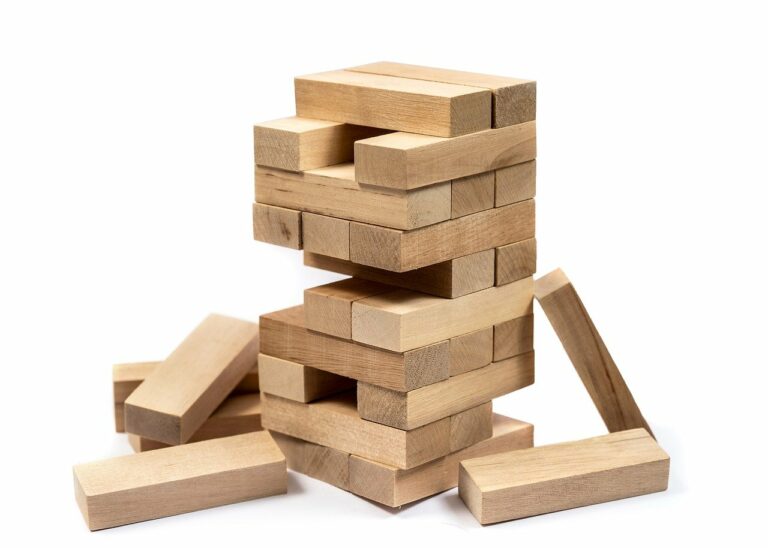The Science of Cricket Ball Swing: Physics Explained
Playinexch, Reddy Book Club: Cricket ball swing is a fascinating phenomenon that has intrigued players and fans alike for decades. The ability of a bowler to make the ball deviate in the air, deceiving the batsman and leading to wickets, is a skill that is highly revered in the sport. But what exactly causes a cricket ball to swing? Let’s delve into the physics behind this mesmerizing aspect of cricket.
How Does Swing Work?
Swing bowling is a technique used by bowlers to make the cricket ball move in the air in order to deceive the batsman. There are two types of swing – conventional swing and reverse swing. Conventional swing occurs when the ball moves in the direction opposite to the shiny side, while reverse swing occurs when the ball moves in the same direction as the shiny side.
The Magnus Effect
At the heart of swing bowling is the Magnus effect, a phenomenon that explains how a spinning object creates a pressure difference around itself, leading to a curved path. In the case of a cricket ball, when it is bowled with sufficient seam or swing, the air flows differently on either side of the ball, creating a pressure difference that causes the ball to move in the air.
Factors Affecting Swing
- Speed of the Ball: The faster the ball is bowled, the more pronounced the swing.
- Seam Position: The position of the seam relative to the direction of the airflow plays a crucial role in swing.
- Condition of the Ball: A new ball with a pronounced shine is more likely to swing than an old ball.
- Atmospheric Conditions: Factors like humidity, wind, and temperature can affect swing.
Reverse Swing
Reverse swing is a more complex type of swing that occurs when the ball is bowled at high speeds with significant wear and tear on one side. This causes the ball to move in the same direction as the worn side, baffling batsmen with its late movement.
FAQs
Q: What is the difference between conventional swing and reverse swing?
A: Conventional swing occurs when the ball moves in the opposite direction to the shiny side, while reverse swing occurs when the ball moves in the same direction as the shiny side.
Q: Can any bowler master the art of swing bowling?
A: While swing bowling is a skill that can be learned and perfected, it requires a combination of talent, practice, and understanding of the physics behind it.
Q: Are there any other factors that affect swing apart from those mentioned?
A: Other factors like the bowler’s action, release point, and wrist position can also influence swing to a certain extent.
Q: Is reverse swing legal in cricket?
A: Yes, reverse swing is a legal and highly effective technique used by bowlers to outsmart batsmen.
By understanding the science behind cricket ball swing, players can enhance their bowling skills and fans can appreciate the artistry of this captivating aspect of the game.







